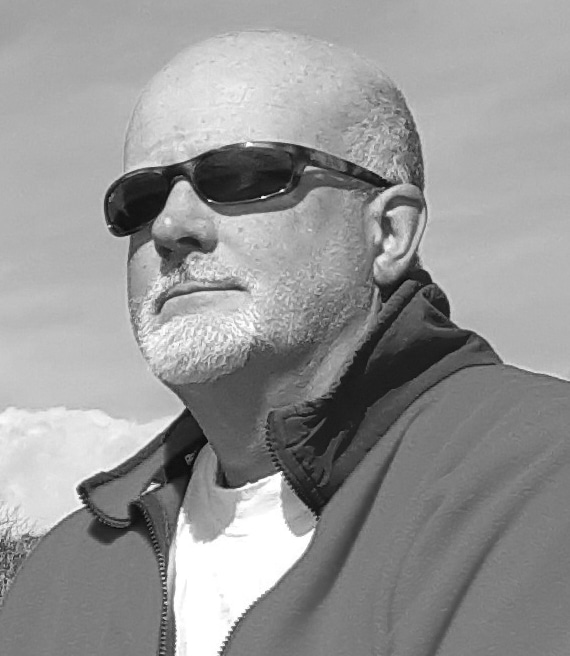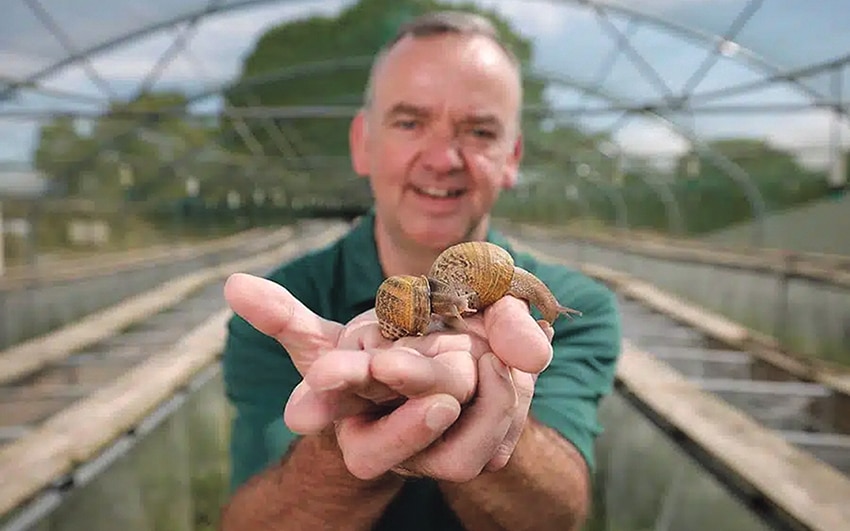
The DNA of West Cork People
Mark Grace is a genetic genealogist and family historian at Ballynoe House, Ardfield, Co. Cork
If you are interested in getting the most out of your DNA test and matches to other people, there are a number of more advanced tools to help.
The GEDmatch website has both a free and subscription level and most basic tools are available at the free level. As there are many basic tools available on this website, I will cover them in a future article. Having your DNA there is a great learning experience on what can be achieved (and what cannot!). Copying your atDNA data file from any tester to GEDmatch is free.
MyHeritage provides a chromosome browser so you can see precisely which segments of DNA you share with your matches. This is the basic tool if you know you share common ancestry. You can assign segments to specific ancestors. Copying your atDNA file from most testing companies to MyHeritage is also free, and you will get an additional set of matches and their take on your genetic origins.
Another MyHeritage tool is autoclustering. This clusters your matches in an interactive way so you can see groups that have something in common, i.e. either just due to shared segments or perhaps more interestingly due to shared ancestors you have identified. An example of the autoclustering display is shown. Typically, the display will cover matches you share in the range 35-400cM of DNA and with at least one segment 10cM or greater (so it excludes immediate relatives and very remote matches). In this example, the data provides 18 clusters. The grey dots indicate other correlations between clusters which you may find helpful.
Ancestry has recently launched Pro Tools apps which include tree checking and the ability to display side-by-side, a list of those people you share a match with for the tester who matches you. This is already part of the MyHeritage display, and unlike Ancestry, is free.
In order to benefit from Pro Tool, you will need to have an extensive family tree that is partially DNA-supported so that you can infer additional relationship to explains these matches. What is very useful is that the list also provides the other implied relationship for these testers.
It can be hard to identify siblings testers where females are listed under their married names, so this can provide immediate family to your matching tester (siblings, parents, aunts/uncles and grandparents, and so on) giving you a better idea on how they may fit into your tree. While it is common that most testers do not provide a detailed or even basic family tree, one of these related matches may allow you tie all these together in a ‘rump’ tree that can be connected to your tree sometime in the future.
The emphasis on these Pro Tools is very much on the ‘Pro’ side. There is a monthly subscription and to the less experienced eye it will generate more questions than answers. It has proven helpful for some of my West Cork projects allowing me to build rump family trees for clusters who share the same heritage, even though it is not clear where the connection to my wife is. It is hoped AI in the future will help pull together these pieces. The human brain currently is better a spotting matching patterns and names in family trees. One group of matches did find a fit, and this provided the primary success of the tool so far.
I have previously discussed the DONOVAN family from Derrylahan, Dunmanway (see July 2022 and April 2023 editions). One daughter of patriarch/matriarch Denis DONOVAN (c1804) and Mary MANNING (c1811), my wife’s 3x greats, was Catherine DONOVAN born in 1834. Having no proven tree or family stories for her, church records only suggested she may have been the one who married James HOURIHAN in 1857 and settled in Shanlaragh to the north of the town. Normally, without DNA, this would be as far as speculation would allow.
Investigating a cluster of DNA matches relating to the HOURIHAN family in Miami-Dade county in Florida, revealed their patriarch as Jeremiah HOURIHAN, of an age that matched a known son of Catherine. Connecting these matches showed that the amount of shared DNA was commensurate for all the known relationships between the Floridians and many tested descendants in West Cork and in other parts of the US.
It seems that Catherine was widowed in 1873, when Jeremiah was four-years-old, which may have expedited their departure to the US.
On a final note, re. the articles over the last few months, the Journal of the Fitzpatrick Clan Society has expressed interest in my findings regarding the families from Ballinavar (Rosscarbery), so I have pulled together a more formal article befitting the Journal with a few to publication there at the end of the year. If anyone has anything to add before then, please do get in touch.
Questions for future articles can be emailed to DNAmatchingprojects@gmail.com. Private client services available. Follow the West Cork DNA blog on Facebook ‘My Irish Genealogy and DNA’.


